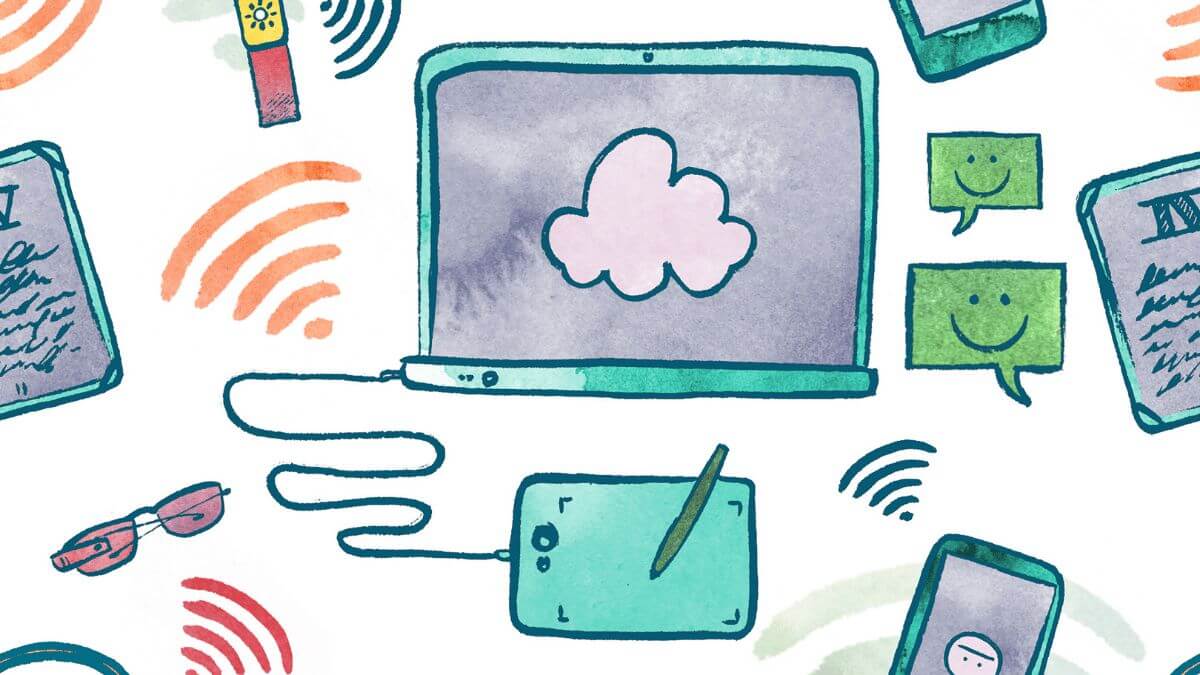DESCRIPTION
Welcome to the OneHE Learning Path ‘Addressing Technology-Access Barriers to Online Learning.’ This Learning Path contains three short courses that build your knowledge in a scaffolded way. Successfully completing each course in the Learning Path will unlock access to the next, all the way to the end. Along the way, you will have opportunities to reflect, practice, and apply key concepts and ideas.
In the courses in this OneHE learning path, you’ll learn effective ways to address the most common technology-based barriers to online learning, whether you’re an instructor, designer, or administrator. As you work through this learning path, you’ll learn why these techniques actually work, and apply your new skills to situations that you’d like to go differently than they do today.
VIDEO: INTRODUCTION TO THE LEARNING PATH
Click here to view the video transcript
Hello, everyone. I’m Tom Tobin, with the University of Wisconsin-Madison. I’ve been a secret boss whisperer for years, specialising in things that tend to keep learning and development leaders up at night: academic integrity and cheating, evaluation of technology-mediated teaching and training, copyright and intellectual property concerns, and accessibility and inclusive design and practices.
In my everyday work, I lead a team of experts in distance teaching and learning who offer professional development courses, programs, and events to colleges, universities, and companies worldwide, so that everyone can make the most of their people, time, and funding for professional learning.
I’m also a researcher, author, and global speaker on issues of quality in technology-mediated teaching and learning; I’d love to hear your story and help you to get closer to your own professional-learning goals.
In this OneHE Learning Path, Addressing Technology Access Barriers to Online Learning, we’ll focus on ways that we can address the challenges that make our online learners lose focus, have poorer experiences, or even drop out of our offerings. You’ll learn how the very evolution of online access, tools, and platforms has created a cognitive overload for even the most tech-savvy among us. And you’ll discover how to cut through the complexity of our various systems and tools in order to arrive at a core set of must have elements in any technology-mediated learning space and how to apply sound decision-making skills that will help your learners to stay engaged, take in new information, and show what they are learning in meaningful ways.
I’m looking forward to going on this journey with you, as you learn, practice, reflect, and apply new skills to pressing concerns in your own teaching, design, or program administration. You can take the first step by engaging in our opening thought experiment about information-seeking behaviors. We’ll return to that experience as you begin working on the first course in the Learning Path, so get your ideas, questions, and goals ready.
And your mobile phone.
Thanks!
LEARNING PATH OUTCOMES
The goal of this Learning Path is to help you to create a technology environment that supports faculty members, support staff, and campus leaders in moving beyond narrowly-defined inclusive-design practices. In the courses that comprise this Learning Path, you will:
- analyze your organization’s information-technology (IT) systems for opportunities to apply universal design for learning (UDL) principles,
- list four information-technology (IT) tools that support learner engagement, and
- advocate for specific IT changes to expand adoption of inclusive practices that lower technology-access barriers.
PRE-ACTIVITY
Whether you needed to fix a leaky pipe, calm a fussy baby, cook a new dish for supper, or discover the best way to get wine stains out of denim, chances are pretty good that you went to your favorite search engine, and that you did so on your mobile device.
You probably found a video or a quick how-to web page that went over the basic steps, and you likely watched or read that single sources a few times before you got started with your new-knowledge task. You even took some notes of your own in order to simplify things and make sure you knew, in your own way, what to do no?
If you’re wondering how we already know you so well, we don’t have a crystal ball or a camera in your home, so rest easy. We do know, however, that, worldwide, more people own mobile devices than laptop and desktop computers by nearly a 4-to-1 margin, and that most people who have mobile devices keep them on their person nearly all day (and 40% of us keep them near us when we’re asleep, too).
Since our information-seeking behaviors and our technology-device ownership skew so heavily toward mobile devices, why are so many of our online-learning experiences designed for people with keyboards, strong Internet signals, and place-bound equipment?
In the courses in this OneHE Learning Path, you’ll learn effective ways to address the most common technology-based barriers to online learning, whether you’re an instructor, designer, or administrator. Along the way, you’ll learn why these techniques actually work, and apply your new skills to situations that you’d like to go differently than they do today.
COURSES IN THIS LEARNING PATH
There are three courses in this Learning Path:
Shifting from Systems to Interactions with UDL
Since the mid-1990s, the online-learning space has evolved from a focus on content the what of learning to the design of learning interactions and spaces the why and how of learning. In this OneHE course, you’ll learn how to use the principles of Universal Design for Learning (UDL) to focus less on the systems and tools themselves, and more on the interactions that you want your learners to have with content, one another, their instructors, support staffers, and the wider world.
Tech Tools and How to Use Them Inclusively [locked until course 1 is completed]
There are now so many different online techniques, environments, and tools that individuals cannot hope to stay current in all of them, and every school, organization, social group, instructor, and support person seems to have a different definition of the core things to know. In this OneHE course, you will discover the four categories of technology tolls that all learners and instructors should share across your organization, and then create a draft plan for an inclusive technology-tool suite for your organization.
Taking Action for Inclusive Design [locked until course 2 is completed]
In order to lower technology-access barriers for learners, we can reduce the number of tools they need to use and learn, reduce cognitive load by selecting tools that have multiple access and use levels, and create learning spaces that welcome and serve learners across the access spectrum. In this OneHE course, you will learn the basics of designing inclusive learning interfaces, purchasing hardware and software tools that further an accessible-organization goal, and planning services, offerings, and interactions with an access-first mind-set. You will complete the learning path by drafting a presentation to advocate for ways to strengthen and evolve your institution’s policies and practice around technology-access barriers.






